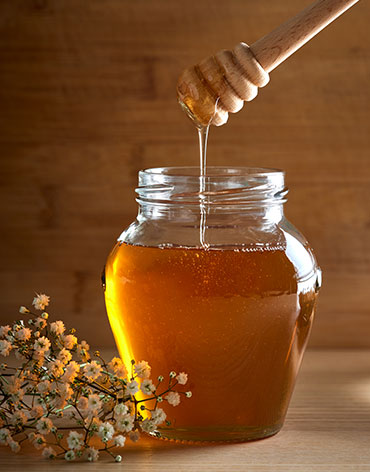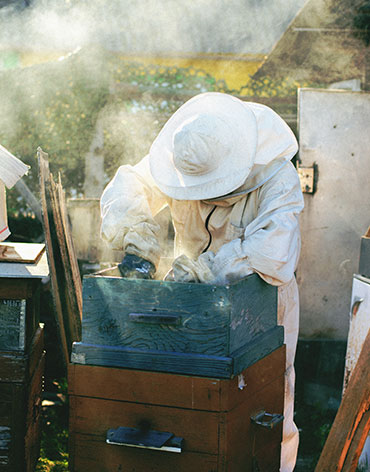Honey has played an integral role in Armenian culture, tradition, and spirituality, weaving its symbolism into various aspects of daily life and religious practices throughout Armenian history.
- Armenian Folklore and Mythology:
- In Armenian folklore, honey is often associated with the sun god, Vahagn, who represents courage, strength, and vitality. Honey is considered one of his sacred gifts to humanity, symbolizing life and abundance.
- The ancient Armenian epic poem “Sasna Tsrer” (Daredevils of Sassoun) mentions honey as a precious commodity, highlighting its importance in Armenian society and economy.
- Armenian Traditions and Customs:
- Honey plays a central role in Armenian wedding ceremonies. During the wedding festivities, honey is shared between the bride and groom as a symbol of sweetness and prosperity in their married life.
- In Armenian New Year celebrations (Navasard), honey is often included in traditional dishes and desserts served to symbolize the hope for a sweet and prosperous year ahead.
- Armenian households often keep beehives and produce their own honey, which is highly valued for its purity and quality.
- Armenian Christian Heritage:
- Armenian Apostolic Church, one of the oldest Christian churches in the world, incorporates honey into various religious rituals and practices.
- Honey is sometimes used in Armenian Orthodox baptismal ceremonies as a symbol of purity, regeneration, and the sweetness of spiritual life.
- Armenian monasteries and churches historically kept beehives for honey production, with honey being used not only as food but also as a material for making beeswax candles used in religious ceremonies.




